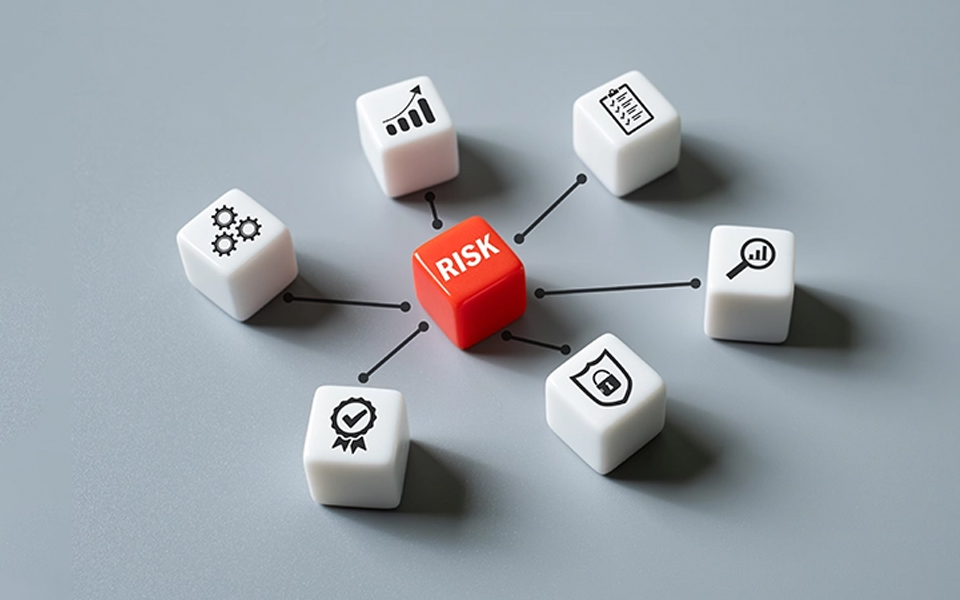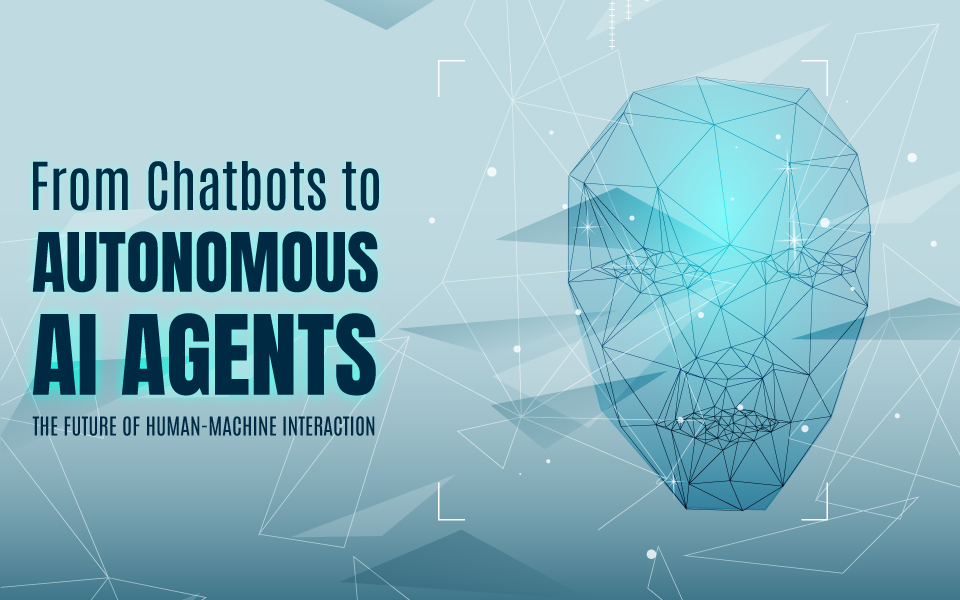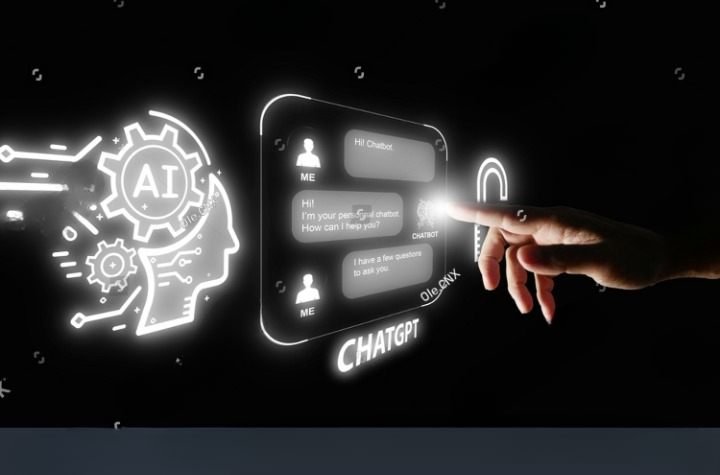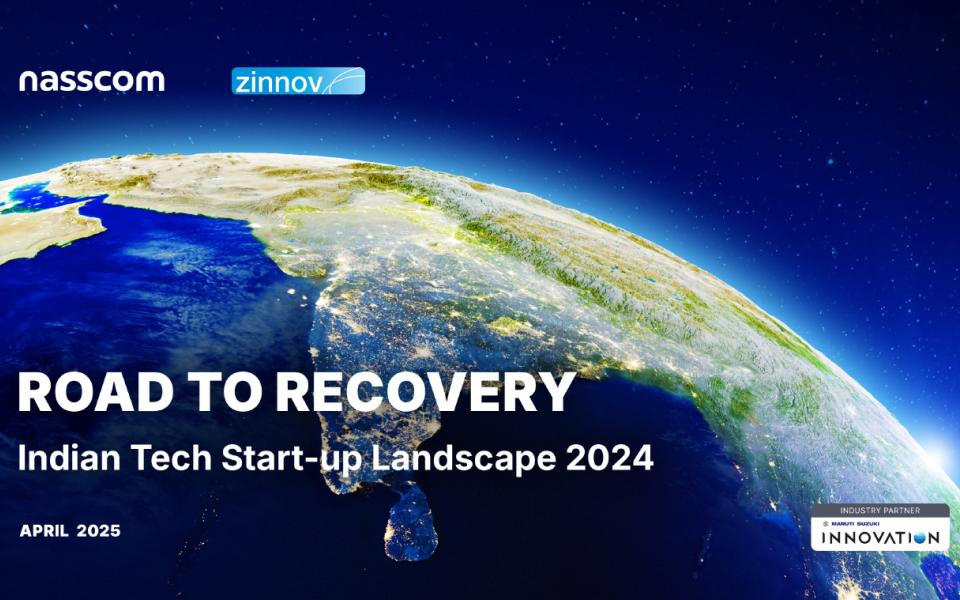Conversational Artificial Intelligence (AI), to put in simple terms, refers to intelligent machines or systems that can enter into meaningful interactions with humans. The idea of having conversational AI dates back to as long as the idea of AI itself when humans dreamt of building ''human-like'' intelligent systems. However, a major breakthrough happened when researchers at MIT built a simple chatbot named ELIZA in 1964. Although promising, its scope was limited since the person interacting with ELIZA had to be present physically at their computers. The true potential of these systems was realized only when the Internet became widely available and businesses started moving online. The most widely used application of chatbots since then has been in the field of customer support where these systems take away the onus of answering simple and repetitive queries. This helps service executives to be available for more complex and fruitful solutions.
Riding on the success of these systems, researchers and businesses have since invested significant time and money in making these systems more intelligent and conversations more ''human-like''. With advances in the field of Machine Learning (ML), Natural Language Processing (NLP), Computer Vision, and Audio Processing, it is now possible for these machines to understand human conversation better and through multiple types of input channels.
The Conversational AIs we see today can interact with humans over multiple channels such as text, audio, video, touch, and so on. In contrast to chatbots, which just respond to human queries, conversational AI can initiate conversations. Hence, they are able to provide a much better user experience than chatbots or IVR systems that are ubiquitous in the digital world. Hollywood has done a great job in providing us a glimpse of what future conversational AIs can look like. Classic examples would be the following movies:



Is Conversational AI different from chatbots?
While a chatbot is an AI-enabled program that merely interacts with the user through text, i.e., responding to user queries that are typed in, Conversational AI has multiple channels of interactions. Chatbots typically respond to user questions based on a fixed ''knowledge base''. This makes them less ''conversational'' and more of a one-way responding entity.
Conversational AI, on the other hand, can initiate conversations and may perform some tasks as well. A good example would be a home assistant finding some music and playing some tracks for you or controlling the room thermostat and so on. Enterprise employees spend close to 25% of their time and effort on mundane activities like mail searches, managing meetings, retrieving documents from knowledge repositories, and so on. These activities can be managed smartly by an intelligent virtual assistant, paving the way for the future of work-life.
Another important distinction is that conversational AI can sit on multiple devices like cars, refrigerators, etc. rather than just smartphones and computers. The table below gives an itemized comparison of conversational AI and chatbots:

Enterprises can leverage conversational AI in numerous ways. Conversational AI can be used as a solution to business problems or as a product feature for ease of use. Additionally, technology companies can also build frameworks that accelerate development and deployment. Each of the scenarios is covered in the following sections
Impact of conversational AI in Customer Support
Leveraging the power of conversational AI for building innovative solutions. One of the world’s leading pharmaceutical companies was staring at huge operational costs to constantly support its on-field sales representatives. The representatives had to call support desks for queries related to the product, status of service tickets, and so on. A proposed solution that could provide crisp answers for FAQs, search product and service catalogs for information as well as retrieve information from ticketing tools was conversational AI. The solution enabled representatives to ask questions either by typing or speaking into their devices. As a result, the sales representatives were able to efficiently answer customer queries by pulling up a lot of information from diverse sources. Additionally, the client was able to significantly reduce the operational cost of maintaining support desks.
The funnel below indicates that close to 85% of representatives queries answered without even having to reach out to the service desks:

How can Conversational AI act as a Framework?
Conversational AI allows organisations to understand its customers need quickly, efficiently and with flexible solutions. Developing Conversational AI frameworks reduce the time for development and deployment drastically due to their modular architecture and reusable components. These frameworks help with leapfrogging the entire conversation design, development as well as deployment on either on-premise using open source technologies or on the Cloud. They abstract the underlying technology stack yet provide consistent features to the end-users. These frameworks also provide end-to-end analytics to keep a consistent track of the performance and the user experience. They also incorporate active learning to improve the relevance of its responses over a period of time. Lastly, they provide actionable insights via a variety of dashboards.
How can Conversational AI be used as a Product?
Enterprises today seek Low-Code or No-Code platforms to address these issues and meet the evolving conversational AI needs. Coding for each tiny change in the requirements can be monotonous and time-consuming. A huge step forward in this direction came with the introduction of OpenAI's GPT-3 which is a powerful language generator that can automatically write an HTML code to create a webpage.
Leading consulting firm are leveraging conversational AI to develop automated front-end code generators. The Conversational AI asks a series of questions to the UI developer related to web page design, style, page order, and so on. Once all the questions are answered, the AI automatically generates HTML and other web page components based on the description given by the developer. It also takes care of the page linking and so on. This solution drastically reduces the coding time and onus of the UI developers, allowing them to focus on quality tasks.
Augmented Reality in chatbots is a one of its kind innovation that can take user experience to new heights. For example, in the event that you need to feel how a footstool would look like in your family room, how an attire would fit you, you can utilize the AR innovation. Depending upon the behavior and his stage in the purchasing cycle, they can be provoked by the utilization of AR by the bots. Leading brands in the retail and e-commerce sphere are trying these capabilities of AR. Conversational AI-powered bots can be utilized as an online attendant to help clients in their purchase process.
In Conclusion
Conversational AI is a crucial step for businesses as it helps them engage meaningfully with their users. It leverages a variety of AI models to be intelligent and drive conversations. Businesses have now started seeing conversational AI as a product feature in addition to the conventional use as a customer support system. As a result, conversational AI is now being integrated as a feature in devices as basic as ceiling fans, lights in addition to big-ticket products like Cars.
In the future, more businesses would definitely leverage conversational AI to make their products relevant and easy to use. The future belongs to ''Smart Products'' and services and Conversational AI will be at the core of all such offerings.
About The Authors
Aditya Rane is a Data Science and technology enthusiast with over 7 years of industry experience across IT Services, Products, and Captive organizations. He has a proven record of delivering high-impact AI solutions across Retail, Media, Pharma, Financial Services, and Digital Marketing domains. Aditya is also passionate about teaching AI and has taught more than 500 students and working professionals across India and South-East Asia. Currently, he works as a Lead Data Scientist for the Data and AI Studio at Globant in India.
Yatika Paliwal is a result-driven Data Scientist with close to 5 years of experience in the IT industry. She has an advanced understanding of Natural Language Processing, Machine Learning, and cloud platforms like Microsoft Azure and Google Cloud Platform. She has worked with multiple domains like Healthcare, Finance, and Insurance during her career. She is part of the Data Science team at Globant in India.
For more information, visit www.globant.com





































